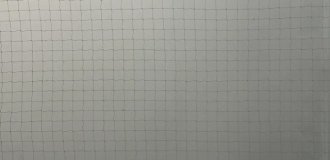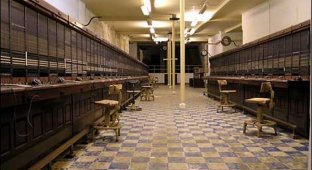Hitler's bunker near Smolensk (15 photos)
It is still not known for certain whether Hitler’s bunker existed near Smolensk, similar to the Fuhrer’s headquarters in East Prussia or near Vinnitsa. A bunker is a concrete cube of unknown purpose that can barely fit several people. The road leads to it from the Vitebsk highway. There was a railway line in the immediate vicinity, where wooden sleepers can still be found.




This is what part of the bunker looks like, perhaps one of the compressor stations from the inside. But there are eyewitness memories that this was exactly the entrance to the bunker, a staircase led down, and then everything was filled with concrete to the floor level.
The roof of the bunker was previously covered with a layer of rubber.





There are several similar buildings in Krasny Bor - one on private property, and several more on the territory of military units. Including concrete shelters, gaps and communications (water supply and water intake column). In the 80-90s of the last century, many publications appeared that in Krasny Bor during the occupation, construction was underway of a huge top-secret underground complex called Berenhalle (“Bear’s Den”), its main premises are allegedly located at a depth of 27 meters: a conference hall on 250 seats, strategic communications center, tunnel to the Dnieper. The complex included two more railways, and there were 8 compressor stations on the surface providing air ventilation.
What happened to the complex, whether it was built and completed, or whether it was blown up by the Germans during their retreat, is not known for certain. Somewhere in 2000, under the control of the FSB, research and excavations took place in Krasny Bor, but according to FSB documents, nothing related to Hitler’s bunker was found in the area.
There is also a similar “compressor” station a few kilometers away.






Part of the Russian Railways dispensary building. During the war, the German headquarters was located here, and there are archival documents and photographs confirming the fact that the Fuhrer himself visited here several times.
The fact is that nearby there will be Gnezdovo mounds, which many scientists since the 80s of the 19th century considered almost the birthplace of a new civilization. And if the assertions are true that Hitler was interested in mystical and occult sciences, then his interest in this place is understandable.
Thanks to Vitaly Ragulin for the photos






















